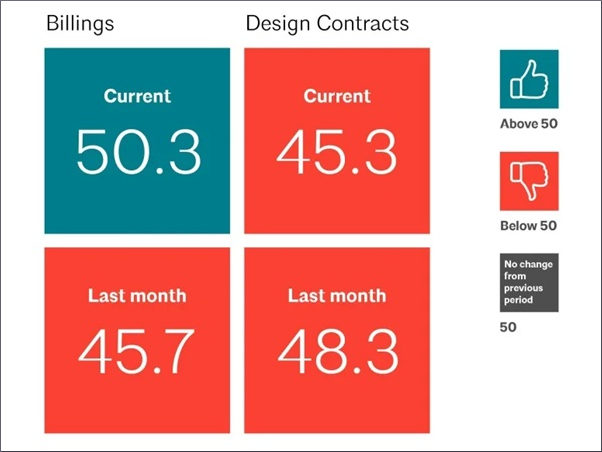Date: 24 February 2007
This will be offset, to some extent, by a strong rebound in nonresidential construction. The differing fortunes between these two markets will have a significant impact on window and door materials. For example, demand for wood windows, used primarily in residential buildings, will increase less than one percent per year while metal doors, largely purchased for nonresidential construction, will advance nearly four percent annually. These and other trends are presented in Windows & Doors, a new study from The Freedonia Group, Inc., a Cleveland-based industry market research firm. Plastic windows and doors will continue to make inroads as a replacement for both wood and metal products, with demand increasing 6.5 percent annually.
Plastic materials (e.g., vinyl, fiberglass, and wood-plastic composites) have primarily rivaled wood products in the residential market, due to their advantages in terms of high energy efficiency, low maintenance requirements and relatively low costs. However, plastics have made less progress in nonresidential markets, due to durability concerns. Nonetheless, plastic’s share of total value demand has risen from 15 percent in 2000 to 20 percent in 2005 and is expected to reach 23 percent by 2010. This share is even higher when measured in units due to the lower cost of these products. The residential market accounted for over three-quarters of window and door demand in 2005. This is not only due to the size of the residential construction
industry, but also because this market tends to place a higher value on aesthetics and energy efficiency, which leads to the use of higher-cost products, such as wood windows and doors. Furthermore, several trends in housing characteristics continue to support growth in window and door demand per residential structure, including increases in the number of windows per home and the growing popularity of patios and decks.
The large stock of existing homes also provides a base for improvement and repair purchases of window and door products. In fact, while the new residential market for windows and doors will decline through 2010, the improvement and repair market will grow 6.0 percent annually.







Add new comment